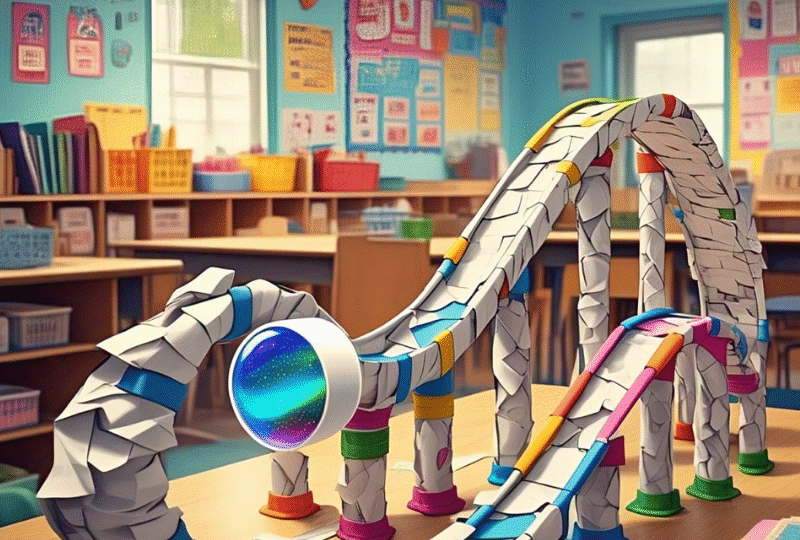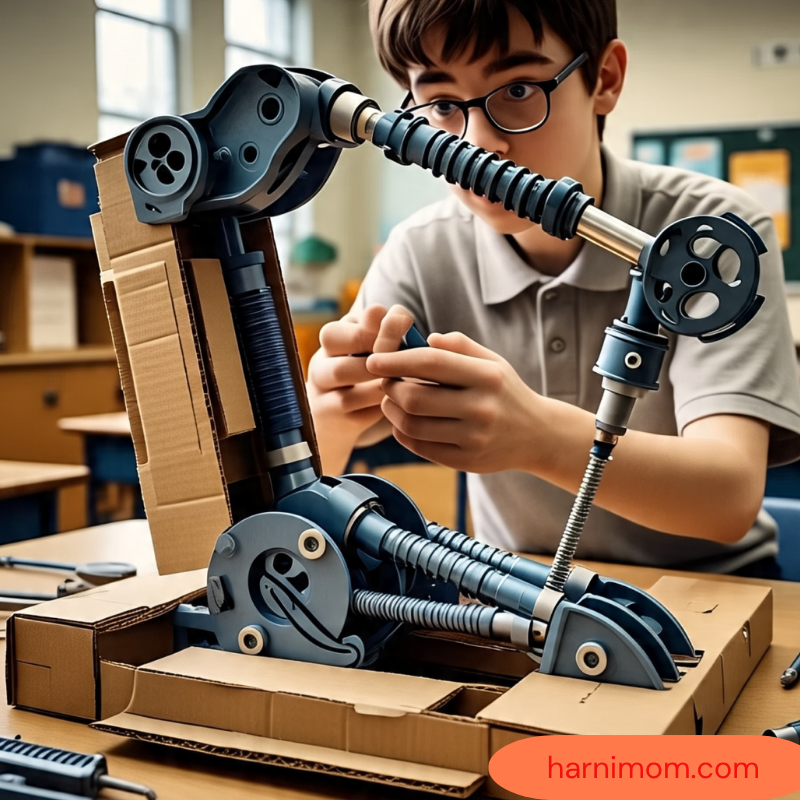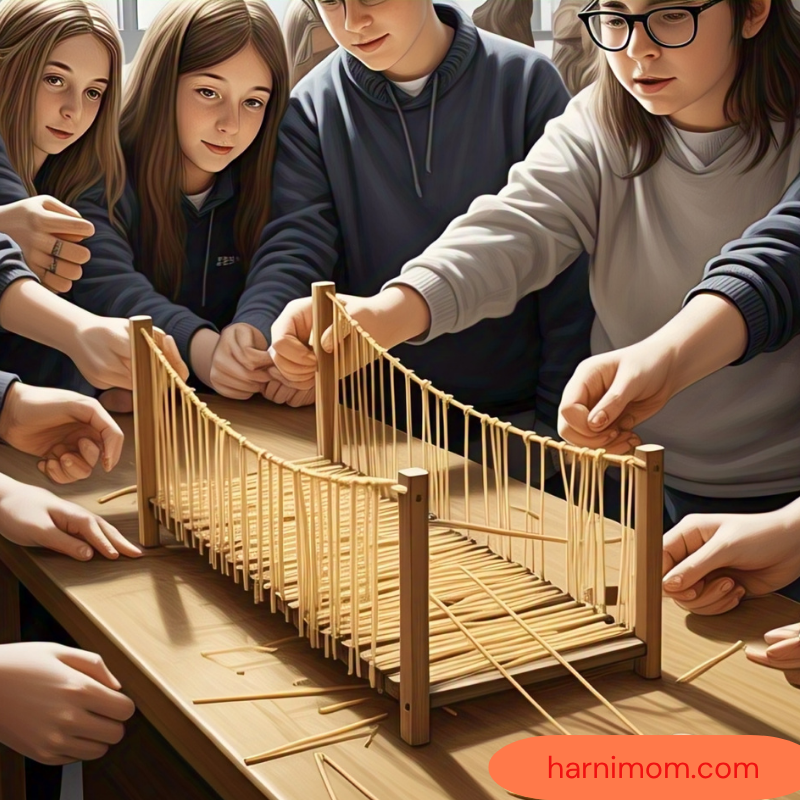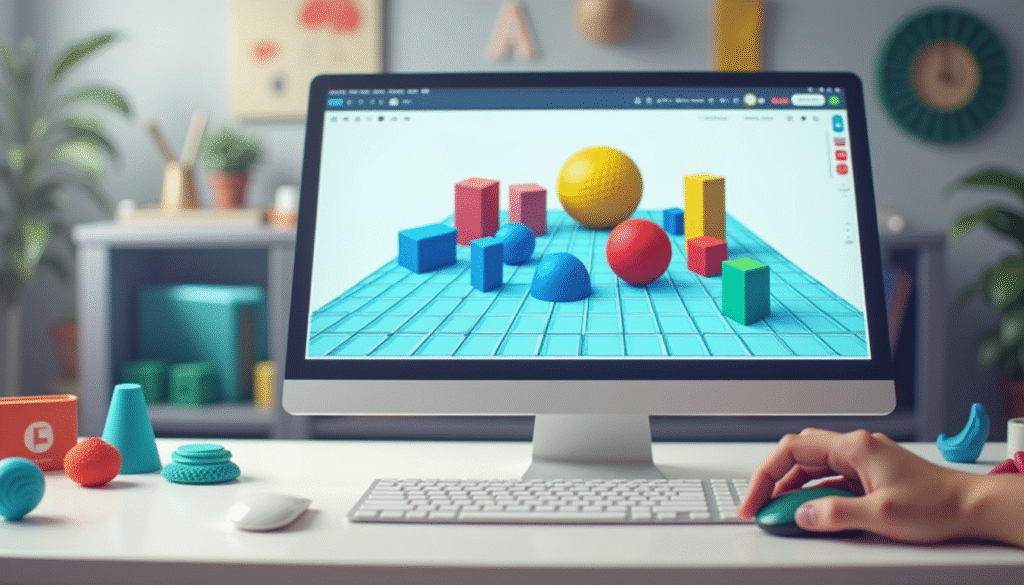
15 Engaging STEM Activities for High Schoolers That Inspire Innovation
Finding the right STEM activities for high schoolers can be a game-changer for sparking creativity, critical thinking, and real-world problem-solving skills. Whether you’re a teacher looking to enrich your classroom or a parent supporting learning at home, engaging STEM projects help teens connect science, technology, engineering, and math in hands-on, meaningful ways. From building simple circuits to exploring coding or engineering challenges, these activities not only align with educational goals but also make learning fun and practical. In this post, we’ll explore a variety of STEM ideas tailored specifically for high school students.
STEM Activities for High Schoolers
1. Build a Hydraulic Arm

What It Is & Why It’s Useful
This activity involves building a robotic arm powered by hydraulic pressure using syringes and tubing. It introduces students to mechanical engineering, fluid dynamics, and the real-world mechanics behind robotics. It mimics the technology used in construction equipment, prosthetics, and robotic arms in manufacturing.
⏱ Time Required:
1.5 to 2 hours (including testing and design)
Precautions:
- Supervise hot glue use to avoid burns.
- Make sure syringes and tubing are securely connected to prevent water leakage.
- Remove air bubbles from tubing for better motion control.
What Students Learn:
- Newton’s Third Law in action (equal and opposite reactions)
- Pressure transmission in liquids (Pascal’s Principle)
- Real-life applications of robotics and biomechanics
How to Do It:
Follow the full step-by-step guide on TeachEngineering – Hydraulic Arm Challenge
2. Spaghetti Bridge Building Challenge

What It Is & Why It’s Useful
Students use dry spaghetti and glue to build bridges that can support weight. This hands-on structural engineering challenge emphasizes load distribution, geometry in design, and iterative testing. It’s an engaging way to visualize civil engineering principles and understand how materials behave under stress.
Time Required:
45 minutes to 1 hour (plus optional testing session)
Precautions:
- Be careful with snapped spaghetti — sharp edges can poke skin.
- Monitor hot glue usage (low-temp glue gun recommended).
What Students Learn:
- Basic structural engineering: tension and compression
- The importance of shape (triangles vs. squares)
- Critical thinking and redesign under constraints
How to Do It:
Instructions available on Science Buddies – Spaghetti Bridge Project
Need a quick brain break?
Here’s a fun little video we made – just for you: 👉CLICK HERE!
3. Arduino Beginner Projects

What It Is & Why It’s Useful
This project introduces students to electronics and basic coding using an Arduino board — a microcontroller used in everything from hobby projects to advanced robotics. It empowers learners to build interactive devices like light sensors, motion detectors, and mini weather stations.
⏱ Time Required:
1.5 to 2 hours (more if extending to advanced projects)
Precautions:
- Avoid short circuits by checking connections carefully.
- Only power the board via USB during experiments.
- Do not use high-voltage components unless trained.
What Students Learn:
- Fundamentals of electronics (voltage, resistance, circuits)
- C++-based programming logic
- Hands-on tech skills valuable for careers in engineering, IoT, or automation
How to Do It:
Explore tutorials and beginner kits on Arduino Project Hub
4. Create an App with MIT App Inventor

What It Is & Why It’s Useful
MIT App Inventor is a beginner-friendly, block-based programming platform that allows students to design and build mobile apps without writing complex code. This activity helps students develop coding skills, logic, and user-interface design, preparing them for the growing app development industry.
⏱ Time Required:
1 to 2 hours (depending on app complexity)
⚠️Precautions:
- Ensure students use secure accounts and avoid sharing sensitive personal data within apps.
- Supervise younger students to help navigate the platform.
What Students Learn:
- Basic programming concepts (events, conditionals, loops)
- UI/UX design principles
- Problem-solving through app creation
How to Do It:
Follow the beginner tutorial “Hello Purr” on MIT App Inventor
5. Solar Oven Challenge

What It Is & Why It’s Useful
Building a solar oven teaches students about renewable energy and heat transfer by harnessing sunlight to cook or warm food. This project emphasizes sustainability and practical science, inspiring interest in alternative energy solutions.
⏱ Time Required:
1.5 to 2 hours (plus time for sunlight exposure)
Precautions:
- Do not leave the solar oven unattended in direct sunlight for long periods.
- Avoid touching the reflective foil and plastic wrap when hot.
What Students Learn:
- Principles of solar energy and insulation
- Heat transfer methods (radiation, conduction, convection)
- Environmental impact of renewable energy technologies
How to Do It:
Detailed guide at Science Buddies – Make a Solar Oven
6. Egg Drop Challenge

What It Is & Why It’s Useful
In this classic physics challenge, students design contraptions to protect a raw egg from breaking when dropped from a height. It demonstrates concepts like impact force, energy absorption, and materials engineering, encouraging creative problem-solving.
⏱ Time Required:
1 to 1.5 hours (including design, build, and testing)
Precautions:
- Conduct drops in a clear, safe area to avoid injury or damage.
- Clean up any broken eggs immediately to prevent slipping and maintain hygiene.
What Students Learn:
- Force and impact dynamics
- Material properties and cushioning techniques
- Iterative design and testing
How to Do It:
See full experiment details on Science Sparks – Egg Drop Project
7. DIY Water Filtration System

What It Is & Why It’s Useful
This hands-on activity helps students understand how natural filtration systems clean water. By building a simple filter using gravel, sand, and charcoal, students explore environmental engineering and water purification—key for sustainable living and public health.
⏱ Time Required:
45 minutes to 1 hour
Precautions:
- Use gloves if handling dirty water or soil samples.
- Do not drink the filtered water unless it’s properly treated and tested.
- Dispose of used materials responsibly.
What Students Learn:
- Filtration and purification processes
- Importance of clean water in ecosystems and health
- Environmental science and engineering basics
How to Do It:
Instructions available on TeachEngineering – Water Filter Challenge
8. 3D Modeling with Tinkercad

What It Is & Why It’s Useful
Using Tinkercad, a free online 3D design tool, students learn to create digital models. This activity develops spatial reasoning and prepares learners for careers in design, engineering, and manufacturing through CAD (Computer-Aided Design).
⏱ Time Required:
1 to 1.5 hours
Precautions:
- Use safe, school-appropriate usernames and avoid sharing personal info online.
- Ensure stable internet connection for uninterrupted work.
What Students Learn:
- 3D design and spatial visualization
- Basic CAD skills used in engineering and manufacturing
- Creativity and technical problem-solving
How to Do It:
Start with beginner projects on Tinkercad
9. DNA Extraction from Strawberries

What It Is & Why It’s Useful
This classic biology experiment allows students to extract visible DNA strands from strawberries using household items. It demystifies genetics and shows that DNA is a tangible substance, linking textbook theory with real-world biology.
⏱ Time Required:
30 to 45 minutes
Precautions:
- Do not ingest any chemicals used (e.g., rubbing alcohol).
- Use clean containers and dispose of materials safely.
- Supervise younger students closely.
What Students Learn:
- Structure and function of DNA
- Basic lab techniques
- Genetic material extraction principles
How to Do It:
Follow instructions from Science Buddies – DNA Extraction Lab
10. Roller Coaster Physics Design

What It Is & Why It’s Useful
In this activity, students design and build small-scale roller coasters using foam tubes or paper tracks to explore concepts like gravity, acceleration, and energy conservation. It’s a fun way to visualize physics principles in motion and apply math skills.
⏱ Time Required:
1 to 2 hours
Precautions:
- Ensure materials are safe and don’t have sharp edges.
- Supervise any cutting tools used in construction.
What Students Learn:
- Energy types: potential and kinetic energy
- Newton’s laws of motion
- Engineering design and iteration
How to Do It:
Guide available at TeachEngineering – Paper Roller Coasters
Conclusion
STEM activities offer high school students an exciting way to apply classroom knowledge to real-world challenges. From building hydraulic arms to designing roller coasters, these hands-on projects foster critical thinking, creativity, and problem-solving skills that are essential for future careers in science, technology, engineering, and math. By encouraging exploration and experimentation in a safe, supportive environment, educators and parents can inspire the next generation of innovators and leaders. Try these activities with your students or children to make learning interactive, fun, and impactful!
Disclaimer
The STEM activities listed in this blog are sourced from reputable educational websites and are intended for educational purposes only. These activities have not been individually tested by the author. It is strongly recommended to carefully review the full experiment instructions and safety precautions from the original sources before attempting any project. Adult supervision is advised, especially when using tools or materials that may pose safety risks. The author and website are not responsible for any injury, damage, or loss resulting from the use or misuse of these activities. Always ensure a safe and controlled environment when conducting experiments or projects.
“Ready to switch gears? Here’s something unexpected but fascinating: The Fascinating World of the World’s Longest Word and Other Words — give it a read!”













Leave a Reply